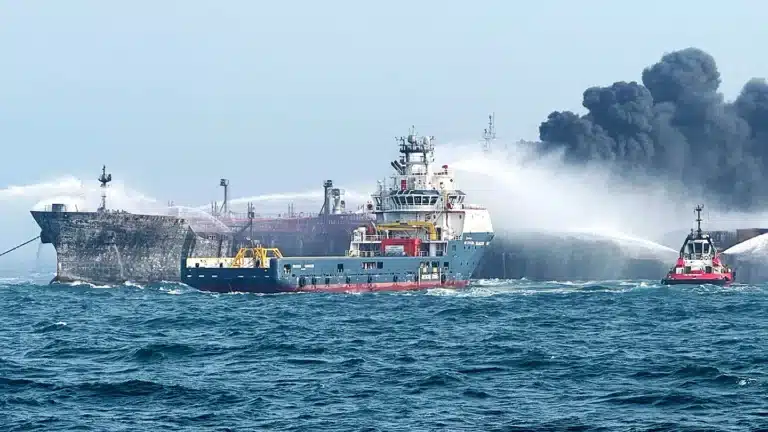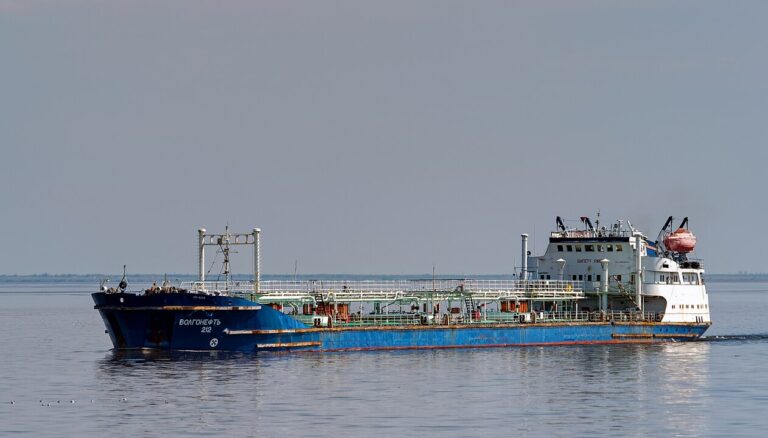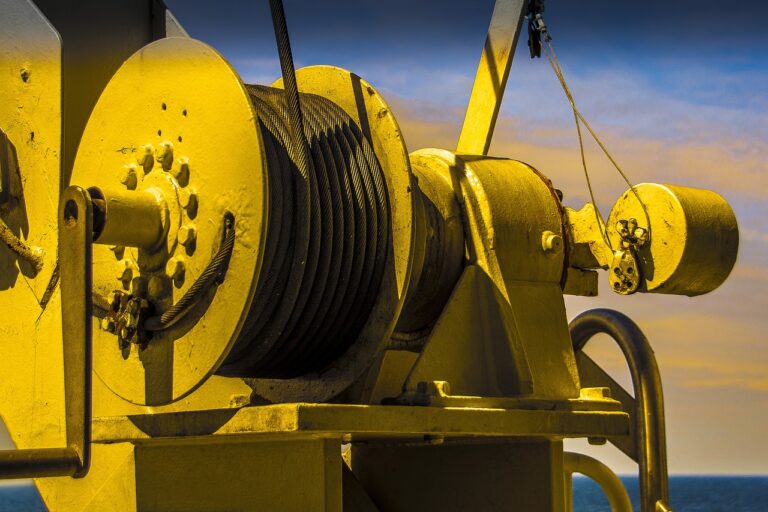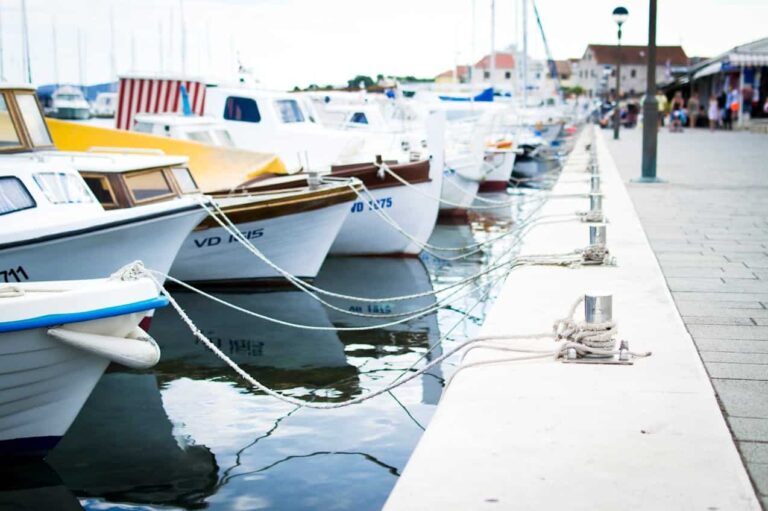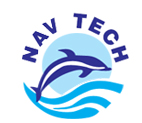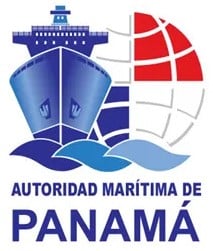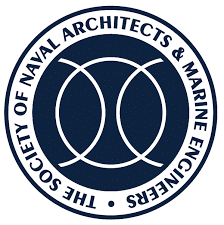A comprehensive analysis of the maritime salvage response that freed the grounded Dutch vessel ahead of schedule
Introduction to the Humber Estuary Incident
The maritime industry witnessed a significant cargo vessel salvage operation in Humber Estuary earlier this year when the general cargo vessel H&S Wisdom ran aground on March 2, 2025. The Netherlands-flagged vessel became stranded on a sandbank near Brough while transiting from Rotterdam to Gunness Wharf Port near Scunthorpe.
What initially appeared to be a routine grounding quickly evolved into a complex cargo vessel salvage operation requiring specialized expertise and equipment. The incident highlights the unpredictable nature of estuary navigation and the technical challenges involved in freeing a commercial vessel embedded in tidal mudflats.
Vessel Specifications and Grounding Details
The H&S Wisdom (IMO 9195559) is a 1,842 deadweight tonnage general cargo vessel built in 2004. With an overall length of 82 meters and an 11.3-meter beam, the vessel was designed for shallow-water operations, featuring a standard draft of approximately 11 feet (3.35 meters).
The cargo vessel salvage operation became necessary when the H&S Wisdom deviated from the navigable channel at approximately 21:08 GMT on March 2. Maritime traffic data indicates the vessel ran aground during the evening tide on a notorious sandbank outside Brough in the Humber Estuary.
Despite its shallow-water capabilities, the vessel became firmly embedded as tidal waters receded, creating a situation where conventional refloating methods would prove insufficient without additional interventions.
Initial Response and Failed Refloating Attempts
Immediately following the grounding, local maritime authorities coordinated the first response to assess the situation and attempt an initial cargo vessel salvage operation. A Humber Rescue lifeboat and a single tug were dispatched to the scene, but their efforts to free the vessel proved unsuccessful as the tide continued to recede.
The first systematic refloating attempt occurred at approximately 07:00 GMT on March 3, when HM Coastguard Humber coordinated an operation utilizing three tugs. Despite the combined bollard pull capacity of these vessels, the effort failed due to insufficient water depth around the grounded cargo ship.
A third attempt was made at approximately 18:00 GMT the same day, again employing three tugs during the evening tide. This cargo vessel salvage operation also proved unsuccessful, with salvage masters reporting that the H&S Wisdom had become firmly embedded in the Humber’s sticky mud flats.
Comprehensive Salvage Strategy Development
Following these initial setbacks, maritime officials made a sobering assessment: without significant intervention, the H&S Wisdom would likely remain aground “for the next month” until higher spring tides naturally returned to the Humber Estuary in early April.
This projection catalyzed the development of a more comprehensive cargo vessel salvage operation approach. Dutch salvage specialists from Hebo Maritiemservice were contracted to lead the technical response, bringing specialized equipment and expertise to the challenging environment of the Humber.
The salvage plan centered on a lightering operation—the controlled transfer of cargo from the grounded vessel to reduce its draft. This approach would allow the H&S Wisdom to float higher in the water during subsequent high tides, potentially enabling a successful refloating before the April spring tides.
Lightering Operations and Technical Challenges
Mid-March saw the cargo vessel salvage operation enter its most technically demanding phase. Salvage crews positioned specialized barges with cranes alongside the stranded vessel, implementing an innovative approach to the lightering process.
The operation required a pontoon to be intentionally grounded adjacent to the H&S Wisdom, creating a stable platform for cargo transfer equipment. This technical solution addressed the significant challenge of removing approximately 700 tons of steel cargo from a vessel stranded in a tidal estuary environment.
The configuration of the Humber Estuary presented continuous challenges throughout the cargo vessel salvage operation. The complex tidal regime required precise timing of all activities, while the vessel’s position on mud flats meant that salvage crews could only access it during specific tidal windows.
Crew Welfare and Community Support
Throughout the extended grounding incident, six crew members remained aboard the H&S Wisdom, maintaining essential systems and assisting with the cargo vessel salvage operation where possible. Their continued presence helped preserve the vessel’s integrity while providing valuable situational awareness to salvage coordinators.
Humber Rescue volunteers played a crucial role beyond the initial response, establishing a supply line to transport surveyors, technical specialists, and essential provisions to the vessel. This logistical support included food, fresh water, and morale-boosting items donated by local communities concerned about the welfare of the stranded mariners.
The human element of this cargo vessel salvage operation demonstrates the maritime industry’s strong tradition of solidarity during challenging situations, with professional salvors, local authorities, and community members all contributing to the welfare of those affected by the incident.
Successful Refloating Achievement
The coordinated cargo vessel salvage operation culminated successfully on March 15, 2025, at approximately 19:00 GMT—nearly two weeks earlier than the worst-case projections initially provided by maritime authorities.
With the vessel’s weight significantly reduced through the lightering process and a favorable high tide providing essential water depth, tugs were finally able to free the H&S Wisdom from its entrapment on the Humber’s mud flats. The successful refloating represented the culmination of comprehensive planning, technical innovation, and precise execution by all parties involved.
Following the refloating, escort tugs guided the vessel back into the main navigational channel before proceeding to King George Dock in Kingston upon Hull. This controlled transit enabled a thorough assessment of the vessel’s condition after its extended grounding experience.
Technical Lessons and Industry Implications
The H&S Wisdom incident offers valuable insights for the maritime industry regarding cargo vessel salvage operations in challenging tidal environments. Several technical aspects merit particular attention from maritime professionals and vessel operators navigating similar waterways.
First, the case underscores the critical importance of accurate draft calculations when transiting estuarial environments with variable depths. The Humber’s combination of shifting sandbanks and significant tidal range creates navigational conditions that demand precise planning and execution.
Second, the incident highlights the value of proactive cargo lightering as a primary technique in refloating operations, rather than relying solely on tug pulling force or waiting for seasonal tide variations. The decision to remove cargo significantly accelerated the vessel’s return to service.
Third, the successful coordination between multiple entities—including vessel owners, salvage specialists, local authorities, and community organizations—demonstrates the importance of unified command structures when responding to complex maritime incidents.
Conclusion: A Model Salvage Response
The H&S Wisdom grounding and subsequent cargo vessel salvage operation in the Humber Estuary serves as a contemporary case study in effective maritime emergency response. Despite the challenging environment and initial setbacks, the coordinated efforts of all involved parties resulted in a successful outcome weeks ahead of the most pessimistic projections.
For vessel operators, the incident reinforces the importance of thorough passage planning when navigating confined waterways with complex hydrographic characteristics. For salvage professionals, it illustrates the effectiveness of combining traditional techniques with innovative approaches tailored to specific circumstances.
As commercial shipping continues to navigate challenging waterways worldwide, the lessons from this cargo vessel salvage operation in the Humber Estuary provide valuable guidance for preventing similar incidents and responding effectively when groundings do occur.
Professional Maritime Support When You Need It Most
When maritime incidents occur, having experienced professionals on your side can mean the difference between prolonged disruption and swift resolution. Qualitas Marine Surveyors offers comprehensive support for all aspects of maritime operations, including specialized expertise in salvage operations like the H&S Wisdom case.
Our team provides industry-leading services in Loss Prevention, Damage Surveys, Expert Witness testimony, Marine Salvage and Wreck Removal, and Marine Casualty Investigations. With Qualitas Marine Surveyors as your partner, you gain immediate access to a global network of maritime professionals dedicated to protecting your assets and interests.
Contact us today to discover how our experienced team can deliver timely, cost-effective solutions to your most challenging maritime situations.
References:
- https://maritime-executive.com/article/cargo-ship-stranded-in-uk-s-humber-estuary-refloated-sooner-than-expected
- https://shipsmonthly.com/news/cargo-ship-runs-aground-in-humber/
- https://shipwrecklog.com/log/2025/03/hs-wisdom/
- https://safety4sea.com/dutch-cargo-ship-gets-refloated-in-humber-estuary
- https://www.independent.co.uk/news/uk/home-news/h-s-wisdom-ship-stuck-humber-estuary-b2711973.html
- https://www.vesselfinder.com/vessels/details/9195559
- https://www.marinetraffic.com/en/ais/details/ships/shipid:259521/mmsi:245339000/imo:9195559/vessel:H%26S%20WISDOM
- https://www.balticshipping.com/vessel/imo/9195559
- https://www.myshiptracking.com/vessels/hs-wisdom-mmsi-245339000-imo-9195559
